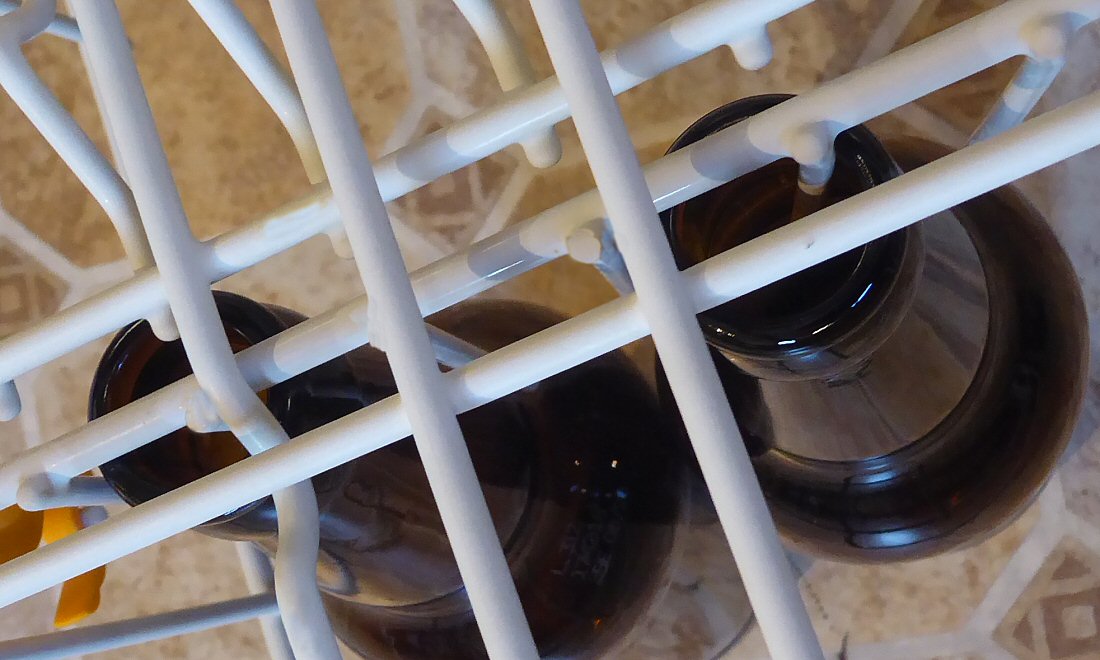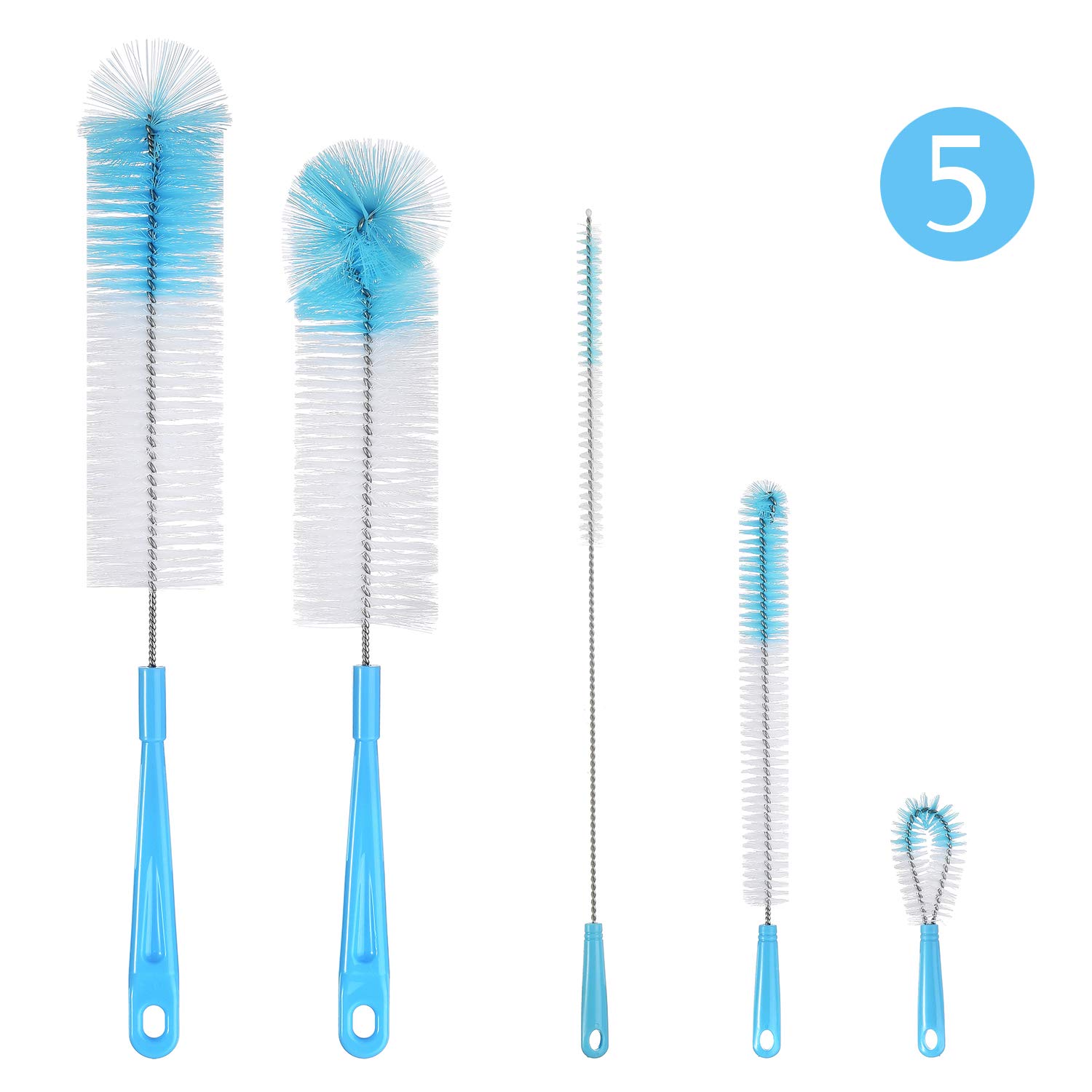The answer is that many people haven't got the space or the technical know how to hook up a keg and all that goes with it, and in the UK plastic PBs can be hit or miss i.e. they are fine when they work but often fail so you either like them or you don't (in four years I have had four PBs and now only one is functional and am now giving up on them)Why not just use kegs or just use PBs? PBs and kegs do nearly the same thing as far as I can tell. Is it just that PBs have a different purpose or something like that?
So people stay with bottles or mix the types for conveneience





